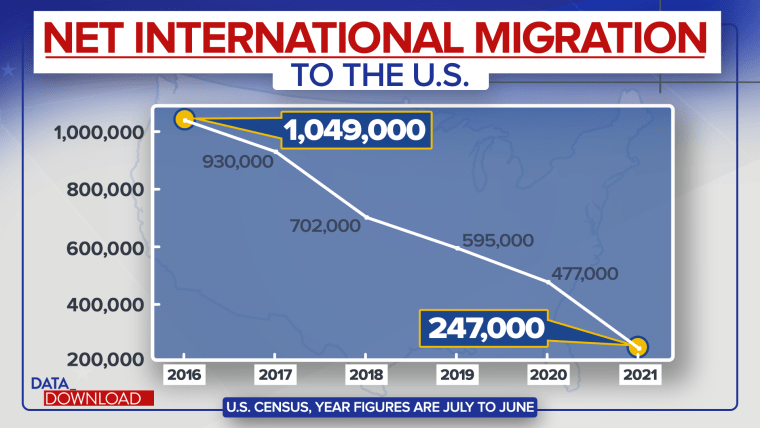USCIS recently updated the STEM Qualification List in the SEVIS system to add twenty-two new fields of study that will qualify for STEM OPT. This expansion will allow thousands of new graduates to qualify for the additional 24 months STEM OPT work permission after the standard 12-month, post completion OPT. Why It’s Important? Keep in mind that the government uses the STEM Designated Degree Program List to determine F-1 students’ eligibility for the 24-month extension of their post-completion Optional Practical Training (OPT), based on their science, technology, engineering, or mathematics (STEM) degree,” noted Berry Appleman and Leiden in an advisory. If you are studying in one of these new field, you should check with your DSO in the international student office to see if you will qualify for STEM OPT after you complete the standard 12-month OPT.
Bioenergy, Forestry, General, Forest Resources Production and Management, Human Centered Technology Design, Cloud Computing, Anthrozoology, Climate Science, Earth Systems Science, Economics and Computer Science,
Environmental Geosciences, Geobiology, Geography and Environmental Studies, Mathematical Economics, Mathematics and Atmospheric/Oceanic Science, Data Science, General, Data Analytics,
Business Analytics, Data Visualization, Financial Analytics, Data Analytics, Other, Industrial and Organizational Psychology and Social Sciences, Research Methodology and Quantitative Methods
22 New Fields Added:
Month: January 2022
Immigration has always been a hot political topic, but real immigration facts are rarely presented. The Department of Labor tracks a variety of different economic trends but one of the biggest statistics that has come to light recently is the ten-year decline in net migration to the United States. Generally net migration rate is the difference between the number of people coming into the USA and the number of people leaving the USA each year. Net international immigration to the United States has been averaging around 1 million annually since 2000, slightly over half of the 1.8 million it averaged annually in the mid-1990s. Over the first decade in 2000, net international immigration dropped from one million in 2000 to an annual migration of approximately 500,000 per year. More recently we have seen a dramatic drop in net migration as the numbers have dropped once again from over one million to approximately 247,000 in 2021. This most recent number is far lower than the average of net migration found in the early 2000s. These trends are important for the US as it relates to our immigration policy, however for now it is important to acknowledge that we have room for immigrants in the United States. On a more important note, the Migration Policy Institute noted: “The most recent estimates revealed illegal immigration was on the decline, the United States resettled the smallest number of refugees in the history of the refugee resettlement program, and nearly half of recently arrived immigrants had a bachelor’s degree or more.”
